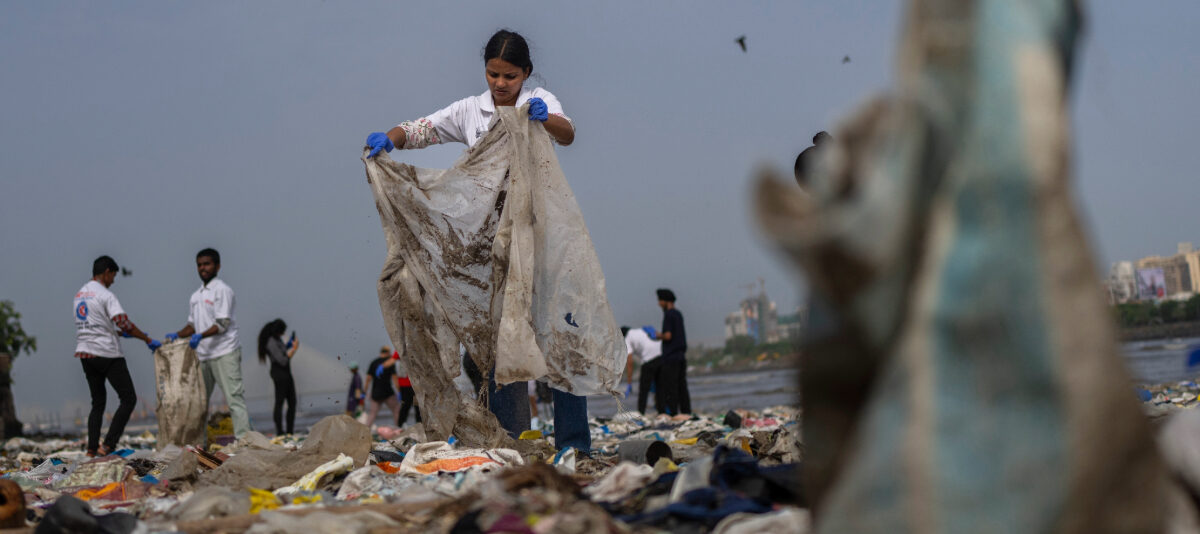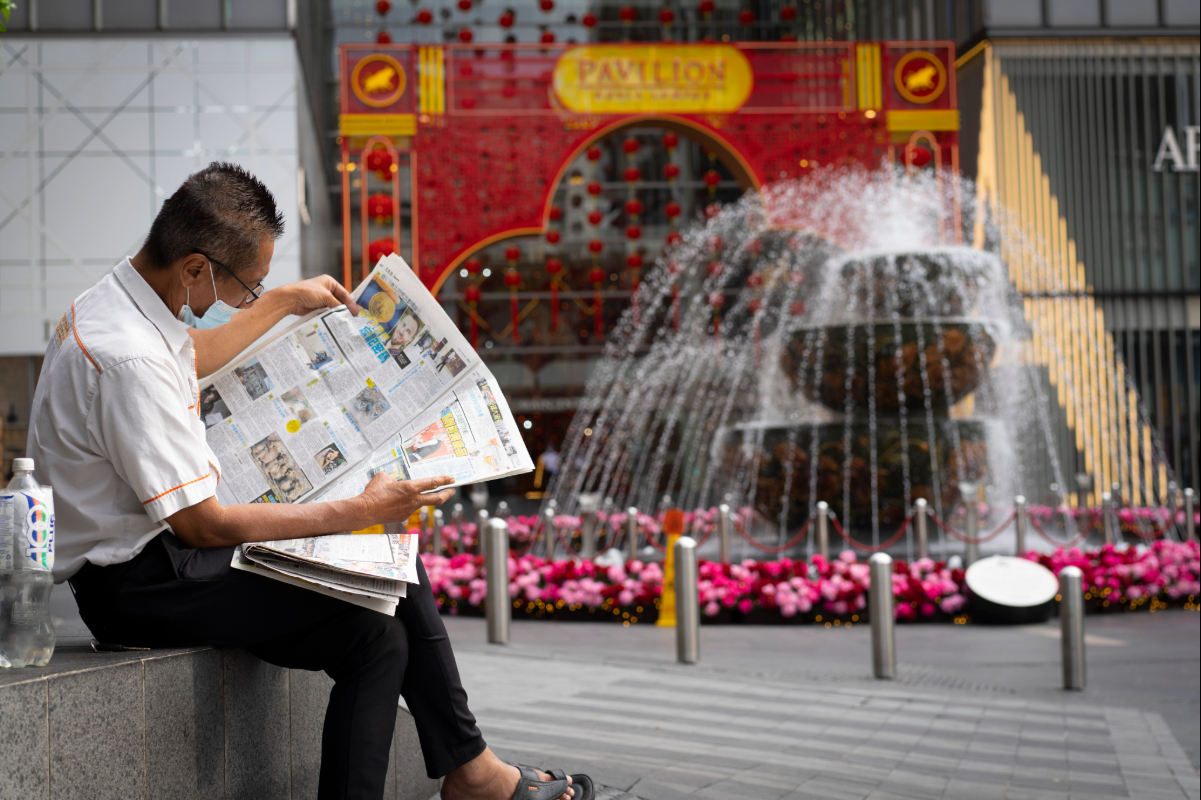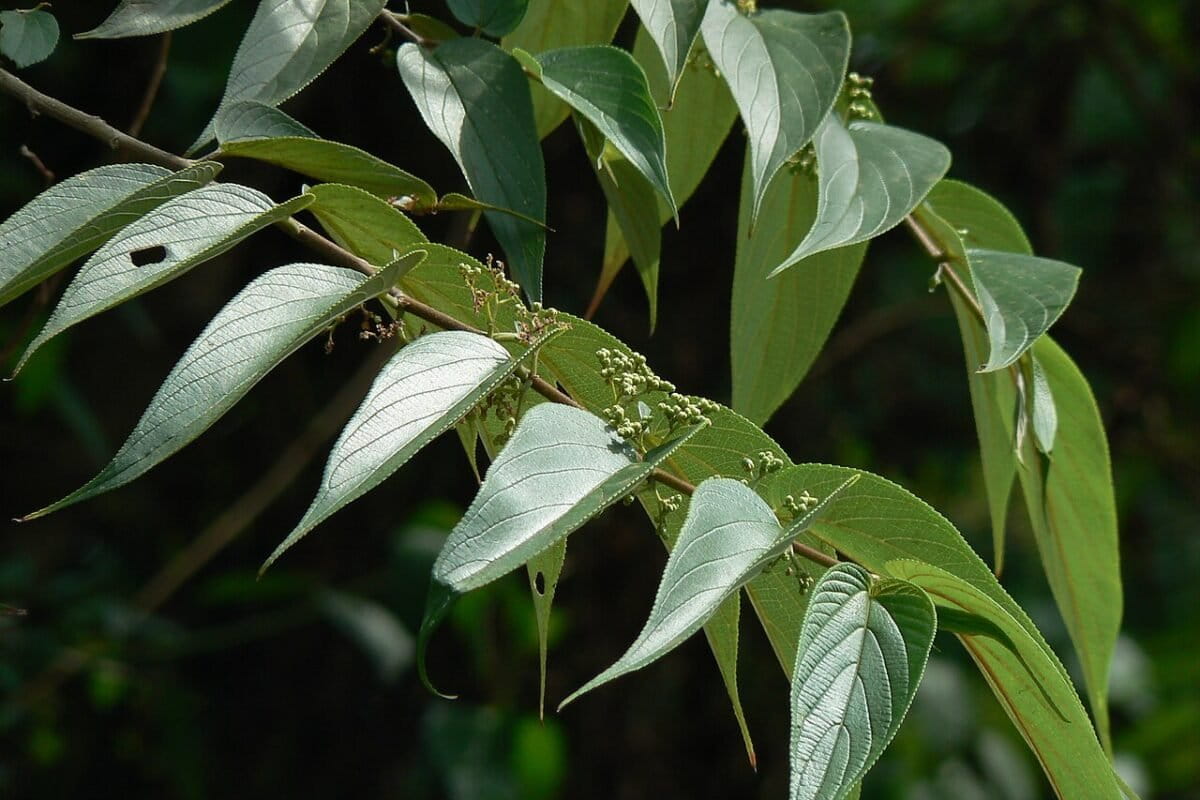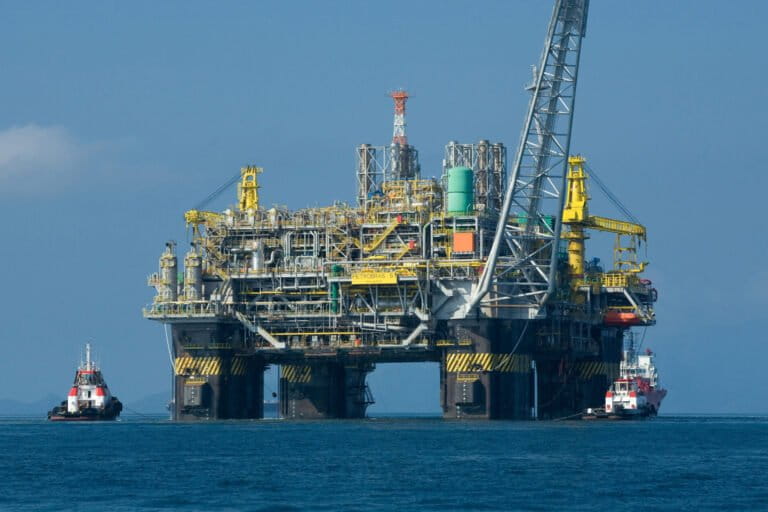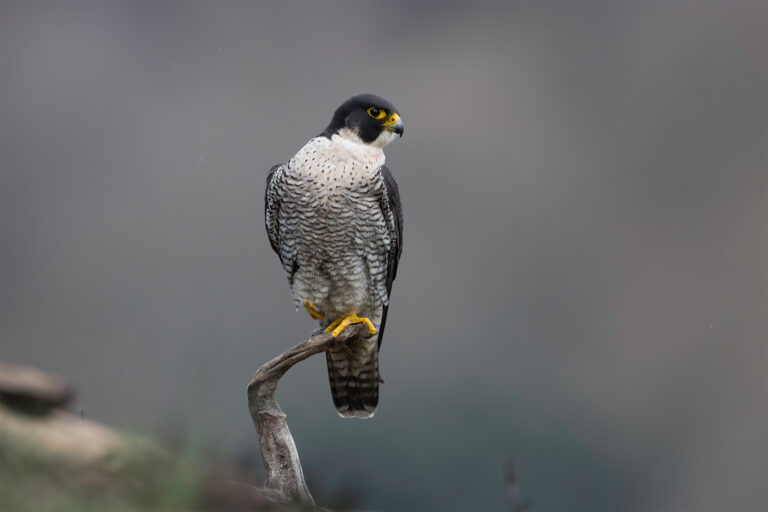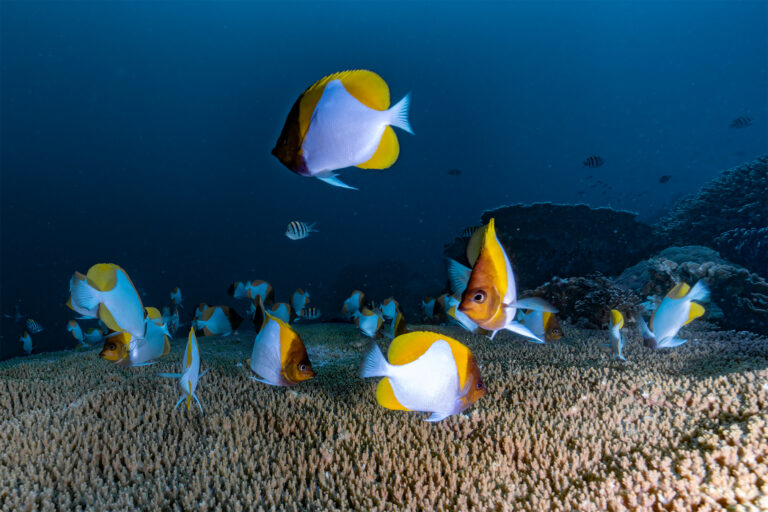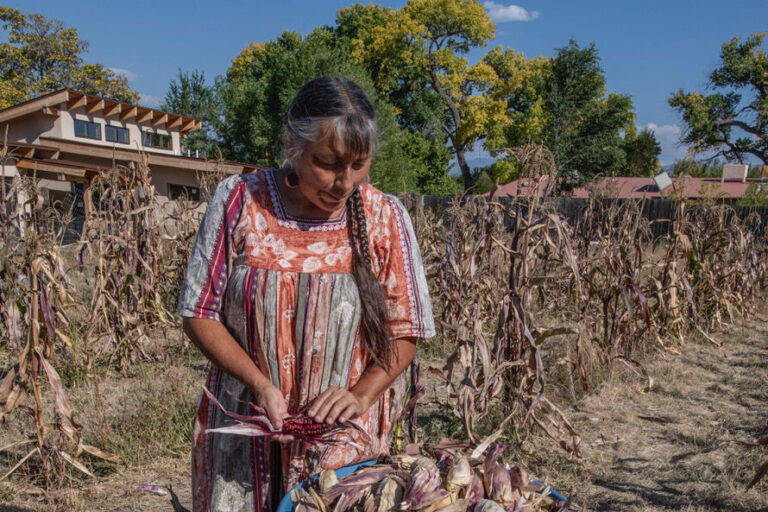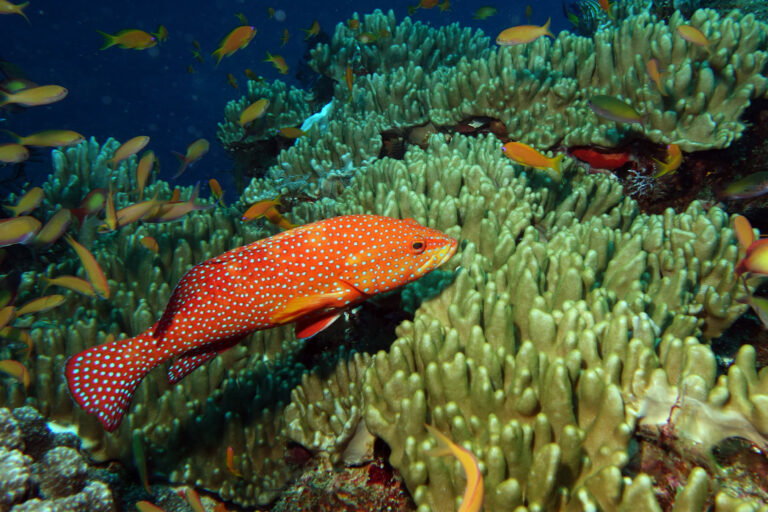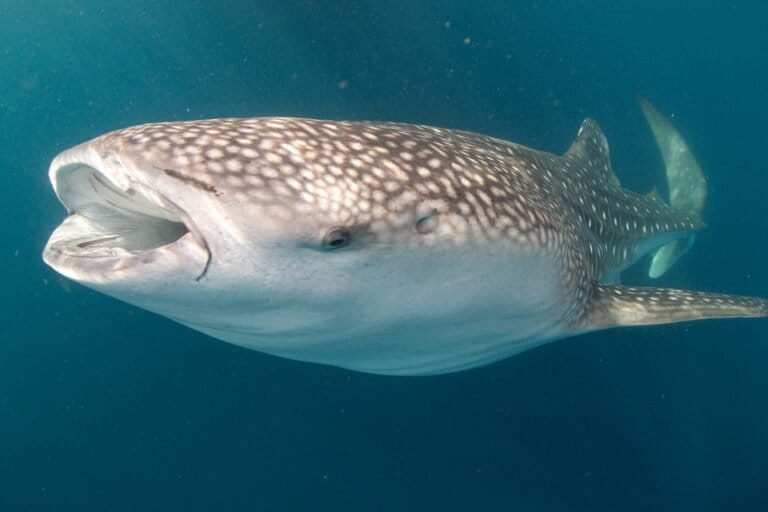- Small- and large-scale fishers report an increase in the volume and variety of fish species in the Patos Lagoon and the coast of Rio Grande do Sul state.
- Such abundance came after a bill banning motorized trawling on the state’s coast was passed and signed into law in 2018.
- Drafted by fishers and scientists and passed unanimously in the state parliament, the law goes against the interests of President Bolsonaro’s allies.
- Appointed to the Federal Supreme Court by Bolsonaro, Justice Kassio Nunes Marques overturned the Court’s prevailing view and suspended the effects of a previous ruling. On a date yet to be scheduled, the Court’s plenary session will have the final word.
In her 22 years as a small-scale fisher in Rio Grande do Sul, Viviane Machado Alves has rarely seen so much fish arriving in the cove that opens a short walk from her doorstep. By heart, she lists an extraordinary amount of mullet, sole, Brazilian silversides and kingfish, but also “several species that I’d never seen or eaten,” she says.
Her husband, who has worked as a fisher for 50 years, even discarded a grouper — a fish of commercial value and highly appreciated in local cuisine — because he didn’t know that animal his net caught in winter. “But when it came for the second time on the same day, I decided to take it home and show it to my uncle, who is in his 80s. He was amazed, because he was still a child when he saw a grouper for the last time,” says Paulo Matias.
They are members of the oldest fishing colony (a union-like association of fishers from a given area) in Rio Grande do Sul state, known as Z1, and they set up their nets around Marinheiros Island, in the municipality of Rio Grande, in the far south of Brazil. They fish in an area of the Marinheiros Lagoon — the largest barrier-lagoon in South America — 20 kilometers (12 miles) away, in a straight line, from the channel that connects it to the Atlantic Ocean.
Similar reports come from the North Coast of the state, including some from fishers who do not use boats because they set up their nets where the waves break. “In what we call beachside cable fishing, we are seeing much larger weakfish catches,” says Ana Spinelli. She heads the Technical Fisheries Chamber of the Rio Grande do Sul Council for Aquaculture and Sustainable Fisheries.

Those who practice high-sea, large-scale fishing are also celebrating abundance. “Since 2018, we’ve had two good seasons for shrimp and whitemouth croaker,” says shipowner João Gonçalves from Rio Grande, while doing maintenance on his vessel Yasmin, which can carry a small fishing crew for several days.
The current situation is totally different from that described in 2018 by then-Governor José Ivo Sartori, when he submitted a bill to the state parliament to establish a sustainable development policy for fishing: “It aims to reverse the current crisis in Rio Grande do Sul’s fishing industry in order to avoid its collapse,” he wrote in a statement to parliament explaining the reasons for the bill.
The bill was passed and achieved its goal. But the fishing industry criticized its ban on “all trawl nets pulled by motorized vessels in Rio Grande do Sul, including the 12-nautical-mile strip off the state’s coast” — a 22-kilometer (14-mile) sea area that was used as the main trawling zone by large vessels from the neighboring state of Santa Catarina.
Among those affected were several members of the powerful Association of Shipowners and the Fishing Industry of Itajaí (SINDIPI). According to the organization, some vessels used to make over 70 percent of their annual income from shrimp fishing (the santana and ferrinho types) in Rio Grande do Sul’s territorial sea.
Fishers’ interests became a federal issue when Jair Bolsonaro took office in January 2019 and appointed a fisheries businessman from Itajaí, the largest port in Santa Catarina state, as secretary of Fisheries for his administration.
Under Seif Júnior’s leadership, the Ministry of Agriculture approved a plan to resume trawling focused only on the state of Rio Grande do Sul. The plan was endorsed by a Supreme Court injunction granted by Justice Kassio Marques, also appointed by the president, which contradicted the Court’s previous ruling and allowed the reopening of the state’s sea to trawl nets, considered predatory.
The debate is not over yet, because the final word on the matter is up to the Court’s plenary session. Meanwhile, injunctions granted by the Federal Regional Court of the 4th Region (TRF-4) keep trawling vessels away from the state’s territory.
But the coming election adds a new component to the story. Seif Júnior will run for the Federal Senate in Santa Catarina. He belongs to the same party as President Bolsonaro, who will seek re-election – the Liberal Party (PL) – and the topic could grant them many votes in a state that is one of the most faithful to the president as he faces an image crisis.

Inefficient fishing
Trawl fishing is done by dragging nets on the seabed. Each vessel pulls one or two nets, depending on the target, and the areas covered can reach the size of 5,000 hectares (12,300 acres) in a single fishing trip, according to Greenpeace. The practice guarantees large volumes of fish to the industry, but it is disastrous for the environment and consequently for smaller fishers whose areas of operation are left empty after the passage of large industrial vessels.
Trawl nets literally sweep the ocean floor, turning a complex ecosystem into a desert. Pulled by powerful engines, the mesh stretches and becomes smaller, collecting fish, crustaceans and whatever else appears. Even young fish that have never bred end up being caught, compromising biodiversity’s ability to recover.
Fish under commercial size are thrown into the sea, but only after they have been killed under the weight of the others. To make matters worse, by stirring up marine sediments, trawl nets disturb an important repository of carbon dioxide, which ends up worsening the already serious effects of global warming on the oceans.
“After driftnets were banned, trawling is certainly the most harmful and predatory fishing method,” explains Professor Ignacio Moreno from the Center for Coastal, Limnological and Marine Studies (CECLIMAR) of the Federal University of Rio Grande do Sul (UFRGS).
“It causes major changes in the community of organisms that use the seabed to feed, live and hide, and creates large discards that include threatened species. That’s inefficient exploitation,” says Luis Gustavo Cardoso, head of the Laboratory of Demersal and Cephalopod Fishing Resources of the Federal University of Rio Grande (FURG).
The picture would be bad anywhere in the world – and for that reason, many countries are questioning trawling’s long-term viability.
However, the coast of Rio Grande do Sul has two characteristics that make the situation worse. First, the fact that 70 percent of trawling practiced in the state is used to capture shrimp, which requires tighter nets that also catch smaller animals. In addition, that seabed area is recognized for being a breeding and birthing site for several marine species, some of which only occur in the southern part of the continent. Of the 66 species found in the area, 22 are threatened at some level.
“It’s where rays and sharks gather to breed, other animals go to feed, juveniles are growing. It’s indeed a nursery,” says Martin Dias, science director of Oceana’s office in Brazil. Oceana is an international marine conservation organization that provided support to the debate on the state law.
The geological features that attract animals for breeding – a flat and very shallow coast compared to other parts of the country, with a smooth seabed made mainly of sand and mud – also make them more vulnerable, with little chance of finding a hiding place. However, it is ideal for trawling because there are no obstacles that could damage the nets.

Unprecedented consensus
The bill that created the State Policy for Sustainable Development of Fisheries in Rio Grande do Sul was unanimously passed by the state parliament and signed into law by the governor on September 5, 2018 (Law 15223). As the result of unusual unity among small- and large-scale fishers, scientists and NGO activists – who are often on different sides — it was celebrated by everyone in the state.
The fact that there were no trawling fleets in Rio Grande do Sul helped: all such vessels operating in its waters came from other states. But the measure was based on scientific and economic as well as social grounds.
“We brought together all river, sea and lagoon fishers from Rio Grande do Sul. Small and large ones, the entire fishing industry. And we worked for eight months to draft the bill. We provided the whole foundation,” recalls Viviane Machado Alves, a regional coordinator of the Movement of Men and Women Fishers (MPP) in Rio Grande do Sul and a champion of that unity.
The scientific argument was provided by the Federal University of Rio Grande, which published studies indicating the potential ecological, economic and social impact of a ban on trawling for the state.
The studies projected that each tonne of fish discarded by trawlers – because these individuals are too young and small to be sold – could turn into 10 tonnes (11 tons) in just two years, discounting natural deaths and factors other than fishing.
As a result, catches of the four main target species in the region (whitemouth croaker, weakfish, Argentine croaker and king weakfish) would grow by 709 percent, with a 400 percent increase in revenue for the local fishing industry. The benefit would reach trawl fleets themselves because trawling is still allowed beyond the 12 nautical miles (14 miles), and there would be more fish, in sizes that are suitable for trade.
From the environmental point of view, the most positive impact would be felt by two species that were once abundant in the region and are now threatened: the Brazilian guitarfish (Pseudobatos horkelii) and the angular angelshark (Squatina guggenheim), whose populations would grow by 395 percent and 386 percent, respectively, in this period.
There are still no scientific statistics to know whether the predictions have been confirmed, but the general impression is that they have.
In addition to fishers’ reports, the Brazilian guitarfish population is already showing signs of recovery, according to preliminary data collected by the Rio Grande do Sul Aquatic Mammal Study Group, based in the coastal town of Torres.
Researchers are measuring the size of the specimens that accidentally fall into small-scale fishers’ nets, and the news is “very positive,” according to the study’s leader Federico Sucunza. “Ninety percent of the individuals are above first maturity length, that is, they have already bred,” he says. Their expectation is to expand the study to confirm whether the phenomenon is repeated elsewhere. Guitarfish fishing is banned in Rio Grande do Sul, and specimens must be discarded when they fall into nets.
“In addition to protecting fishers and their livelihoods, we are also protecting ecosystems, right? We are protecting the ocean,” says Machado Alves, the fisher from Island.

Friends in government
Businessman Jorge Seif Júnior had no experience in public office when he took over as Secretary of Aquaculture and Fisheries in 2019, in the early days of the Bolsonaro administration. His CV published on a government website highlights his 40 years working in the fishing industry, in addition to his ideological agreement with the president, to whom he became close to the point of being called ‘06’ – a reference to the president’s sons Flávio (01), Carlos (02), Eduardo (03) and Renan (04). Bolsonaro also has a daughter called Laura, but she is not known by a number as her older brothers.
In a position that represents both large- and small-scale fishers, Seif Júnior chose to align himself with the interests of big businessmen gathered in SINDIPI. Data provided by the association supported Justice Nunes Marques’ decision declaring the Rio Grande do Sul state law as invalid. The data also informed the “Plan for the sustainable resumption of trawling on the coast of Rio Grande do Sul,” which the Department of Fisheries and Aquaculture launched in March 2021, after Justice Marques’ ruling.
SINDIPI is the largest fishing industry association in Brazil and one of the largest in Latin America. Some of the 451 vessels it represents used to make 70 percent of their revenues from trawling in Rio Grande do Sul. Therefore, the organization is a natural stakeholder in this debate.
However, SINDIPI also happens to be the organization that defends industrial fishing in Itajaí, a municipality where the Seif family maintains a fleet of vessels and their company JS Manipulação de Pescados — which raised doubts about Seif Júnior’s motivation to join one side of the story.
“These folks from Santa Catarina have power and political connections. The Fisheries Department was the focal point for the effort, through secretary Seif Júnior, who has direct contact with President Bolsonaro,” says Dias, from Oceana.
The matter reached the Federal Supreme Court, which will consider a challenge to the constitutionality of Rio Grande do Sul’s ban on trawling. The constitutional question was filed by President Bolsonaro’s Liberal Party.
Appointed to the Supreme Court by Jair Bolsonaro, Justice Marques is known for his decisions that please the president – including voting to acquit a pro-Bolsonaro congressman who spread fake news in the elections and another one convicted of attacking democracy, to whom the president eventually granted a pardon.
In December 2020, a month after being sworn as a Supreme Court justice, Nunes Marques granted an injunction in favor of the Liberal Party and the interests of SINDIPI. It allowed trawling in Rio Grande do Sul, after his predecessor in the Court, former Justice Celso de Mello, ruled on the same issue and saw no violation of the Constitution. Bolsonaro celebrated it on a livestream video broadcast, alongside his protégé: “Congratulations to Kassio Marques for this happy injunction. Go fish, folks.”
Before his ruling, Nunes Marques met three times with Secretary Seif Júnior to address the issue. Justice Marques’ calendar, however, was not open to a conversation requested by federal representatives from Rio Grande do Sul who called for urgent consideration of the matter by the plenary session of the Supreme Court. Together with small and large-scale fishers from the state, the group has been asking for a meeting at least since April this year, but so far they have only managed to speak with Justice Marques’ chief of staff.
Justice Marques has been holding the matter for 20 months. Asked when the lawsuit would be considered by the plenary session, the Court only said “there is no deadline” and ignored the other questions posed by Mongabay. Secretary Seif Júnior did not answer written questions sent to his office. The Ministry of Agriculture, to which the Department of Aquaculture and Fisheries reports, did not even acknowledge receipt of emails with inquiries on the matter.
SINDIPI tells Mongabay that the state of Rio Grande do Sul politicized the debate by focusing the ban “only on a fishing method that is not practiced by fishers from the state and therefore does not compromise the political capital of its representatives.” The association’s full remarks can be read here.

Unsustainable plan
Rio Grande do Sul is not the only Brazilian state to ban trawling on its coast to protect the environment and ensure sustainability for fishing. A law banning the practice in Amapá also ended up in the Supreme Court, which unanimously authorized the state to legislate on an area that is even larger than its territorial sea, covering 30 miles from the coast.
In São Paulo state, the restriction was enforced through the creation of three Environmental Protection Areas, which follow their own rules on fisheries management. Ten Brazilian states have local regulations to prevent trawling from destroying biodiversity and fish stocks.
The plan for resuming trawling put forward by the Department of Aquaculture and Fisheries in the wake of Justice Marques’ injunction promised to make the activity sustainable. However, it focuses only on Rio Grande do Sul — whose no-trawl zone accounts for only 0.78 percent of the 1.7 million square kilometers (656,000 square miles) in which the activity is allowed, according to Oceana.
“That’s not a plan for sustainable industrial-scale trawling off the coast of Brazil. These are measures to be used right there, in that little piece of sea. On the rest of the coast, people can continue working in the same way. There was clear opportunism, and you can see how that was a targeted policy,” says Oceana’s Dias.

In addition to changing the rules only for the coast of Rio Grande do Sul, the organization sees the department’s measures as insufficient to guarantee sustainability. Their biggest flaw is the lack of a reasonable fishing volume capable of guaranteeing both profitability for the industry and room for biodiversity to recover, which is a feasible balance.
“The current situation in Rio Grande do Sul is one of overexploitation of fisheries. Species are being pushed to levels that do not generate maximum yields or sustainable replacement. It’s a historical problem,” says FURG’s Cardoso.
The plan repeated a rule issued in 2004 that requires trawlers to install excluding devices for sea turtles. But the rule has never been enforced, so no one uses such devices. Another measure suggested that vessels with two fishing nets be used to test if a larger mesh would provide good yields without trapping threatened species: the vessels would fish with their regular mesh on one side and the larger one on the other, then compare the results after each fishing trip. The crews themselves would be in charge of enforcing the new rules.
Without mincing words, Oceana says the plan is nothing but greenwashing. “Including the word ‘sustainable’ is in fact a deliberate attempt to mask impacts, uncertainties and weaknesses in fishing and in the management of trawling,” the organization states.
For these reasons, a Federal Court got involved. When the government of Rio Grande do Sul filed for an injunction, the court supported the argument that the measure threatened local fishers’ work and income as well as biodiversity.
“In summary, the department’s ordinances violate federal law without presenting technical reasons for their adoption, mainly because they ignore the interests of the community directly affected, and no specific study has been conducted on the effective and concrete sustainability of Rio Grande do Sul’s biomass and maritime biodiversity,” ruled Federal Judge Clarides Rahmeier, who rejected the return of vessels from Santa Catarina to the coast of Rio Grande do Sul in April 2022. Her decision was upheld in June by an appeals court.
The injunctions renewed fishers’ optimism. “Once again, we saw young people starting to work in fishing, something that was no longer seen and was a cause for concern,” says Ana Spinelli, from the Rio Grande do Sul Council for Aquaculture and Sustainable Fisheries.
In the Z3 colony of small-scale fishers, in Pelotas, Nadir Lirman Vargas takes advantage of the closed season – when fishing is suspended in order for the fauna of Patos Lagoon to recover – to renovate his boat. It will increase the cargo hold capacity from 4 to almost 6 tonnes (6.6 tons). “A few years ago I gave up being a fisherman; I sold my boat and everything. But now we see improvement,” he says.
“While trawling is banned, we are able to make a living. But as soon as the trawlers resume their operation, everything will end in six months,” says shipowner João Gonçalves. “Then my grandchildren won’t see fish.”
Banner image: Fishing port in Rio Grande, RS. Image by Marcelo Curia



